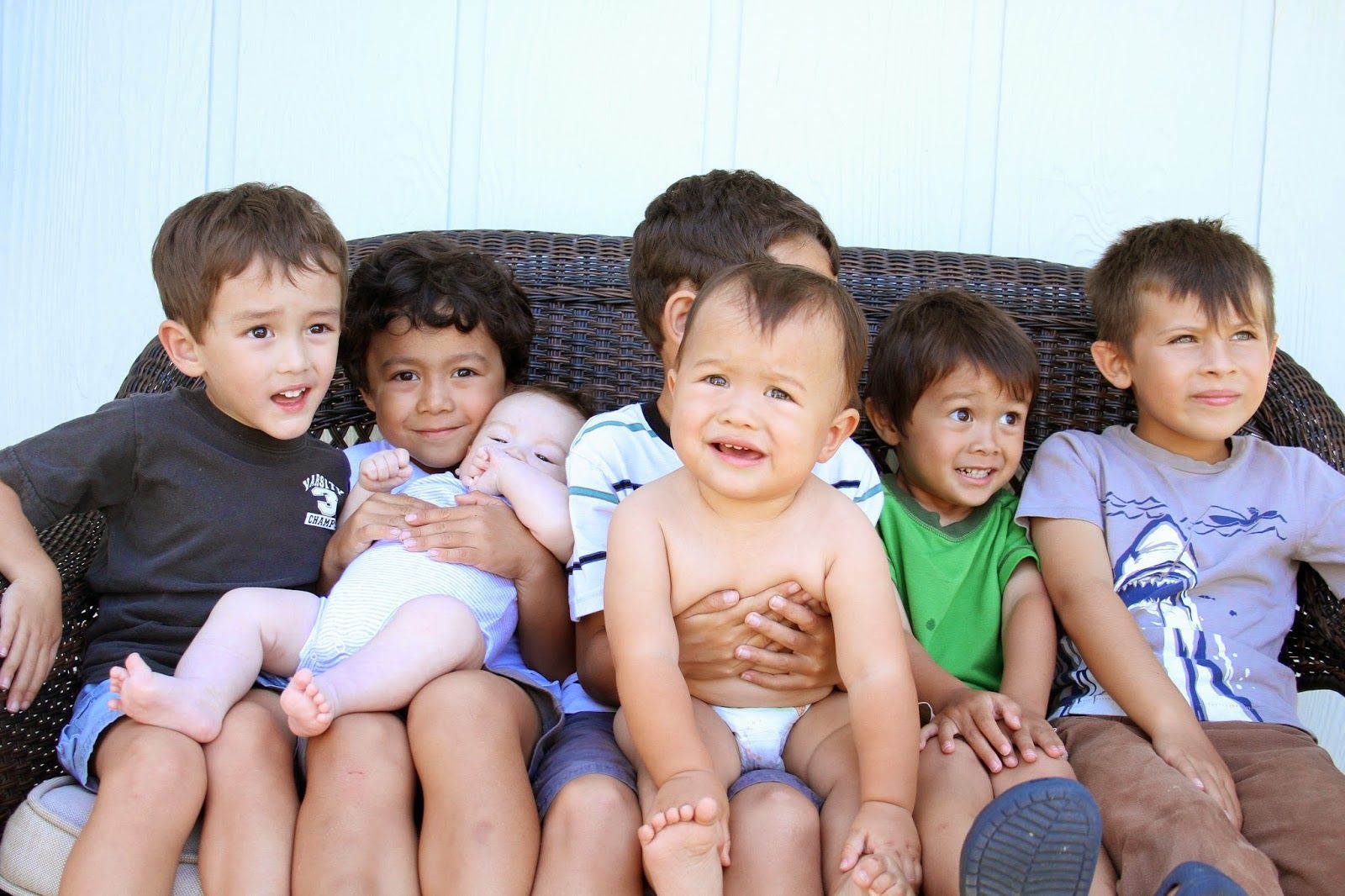Child Protection
Effective Strategies for Child Protection
Child protection is a paramount societal responsibility that encompasses various preventive measures aimed at safeguarding children from various forms of harm, including abuse, neglect, and exploitation. With the increasing incidence of such cases globally, it is essential to adopt effective strategies that mobilize communities, engage families, and utilize available resources to create a safe environment for children. In this article, we delve into several key strategies for effective child protection that can be implemented by individuals, communities, and organizations.
Understanding the Importance of Child Protection
The need for robust child protection strategies arises from the recognition that every child has the right to grow up in a safe environment that nurtures their physical, emotional, and psychological development. The consequences of child abuse and neglect are far-reaching, affecting not only the individual child but society as a whole. Understanding the gravity of these issues can foster a collaborative environment where various stakeholders come together to protect the most vulnerable members of our society.
1. Promotion of Awareness and Education
One of the most effective approaches to child protection is raising awareness and educating stakeholders about the signs, causes, and consequences of child abuse and neglect. Greater awareness leads to increased vigilance and the ability for community members to recognize when intervention is needed. This can include:
- Educational Programs: Implementing school-based programs that teach children their rights and how to identify unsafe situations.
- Parent Workshops: Hosting workshops for parents and caregivers that focus on positive parenting techniques, stress management, and recognizing the signs of child abuse.
- Community Awareness Campaigns: Conducting local campaigns to disseminate information on child protection laws, resources available, and support services accessible to families in crisis.
2. Strengthening Family Support Systems
A strong family unit acts as the first line of defense in ensuring child safety. Supporting families can help mitigate factors that contribute to abuse or neglect. Strategies to strengthen families include:
- Access to Mental Health Resources: Providing families with access to counseling and mental health services can help them cope with stressors that may lead to abusive behaviors.
- Parenting Classes: Offering parenting classes can equip parents with skills to build a healthy family dynamic, manage conflict, and understand child development.
- Financial Support Services: Connecting families with financial assistance programs can alleviate economic pressures that may contribute to parental stress and neglect.
3. Collaboration with Schools and Educational Institutions
Schools play an integral role in promoting child protection by being a safe haven for many children. Effective strategies involving schools include:
- Teacher Training: Implementing training programs for educators to recognize signs of abuse and engage appropriately with affected children.
- Safe Reporting Mechanisms: Establishing confidential reporting mechanisms within schools allows children and staff to report suspicions of abuse without fear of retaliation.
- Integration of Social Services: Collaborating with social services within the school system ensures that children in need of protection receive timely support.
4. Community Engagement
Engaging communities to take an active role in child protection fosters collective responsibility. Strategies for community engagement include:
- Building Local Networks: Creating networks of community members, including local businesses, religious organizations, and non-profits, to work collaboratively on child protection initiatives.
- Volunteer Programs: Encouraging community members to participate in volunteer programs that support vulnerable families and children, such as mentoring programs or after-school activities.
- Community Watch Programs: Establishing neighborhood watch programs focused on the safety of children can enhance awareness and provide a framework for collective action.
5. Legal Frameworks and Policy Advocacy
A strong legal framework is critical for the effective protection of children. Advocating for better laws and policies can significantly contribute to child safety:
- Strengthening Child Protection Laws: Advocating for the implementation and enforcement of laws that protect children from abuse and exploitation is essential. This includes age-specific protections and stricter penalties for offenders.
- Reporting Policies: Developing clear reporting policies and protocols for institutions (like schools and hospitals) to follow when suspected abuse occurs can facilitate timely interventions.
- Interagency Collaboration: Promoting collaboration among law enforcement, child protective services, healthcare, and community organizations ensures a coordinated response to child abuse cases.
6. Use of Technology and Social Media
In our digital age, technology can be a powerful ally in child protection. Strategies to leverage technology include:
- Online Education and Resources: Developing online platforms that provide easily accessible information, resources, and training on child protection for parents, educators, and community members.
- Reporting Apps: Creating user-friendly apps that allow individuals to report abuse or unsafe situations anonymously can help bridge the gap in intervention.
- Social Media Campaigns: Utilizing social media to raise awareness about child protection issues, share resources, and promote community events can engage a broader audience.
7. Empowering Children
Empowering children is perhaps one of the most significant long-term strategies for child protection. When children are educated about their rights and equipped with the tools to advocate for themselves, they are better able to protect themselves:
- Life Skills Education: Incorporating life skills training in school curricula can empower children with decision-making abilities and enhance their self-esteem.
- Safe Spaces: Creating safe spaces where children can express themselves freely, discuss their experiences, and share their concerns promotes healing and resilience.
- Peer Support Programs: Establishing peer mentorship or support groups within schools offers children a platform to support one another, share experiences, and learn coping skills.
Conclusion
Effective child protection requires a multifaceted approach that involves education, community engagement, and a supportive legal framework. By adopting a proactive stance, families, educators, community members, and policymakers can work together to create an environment where children feel safe, valued, and protected. As advocates for children, it is our collective responsibility to prioritize their safety and well-being, ensuring that every child has the opportunity to thrive and grow free from harm. Through awareness, empowerment, and collaboration, we can build a safer future for the next generation.










